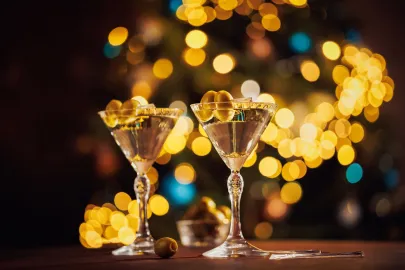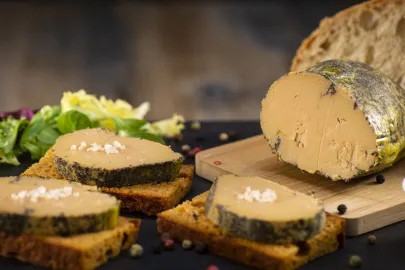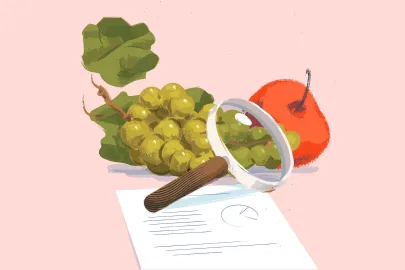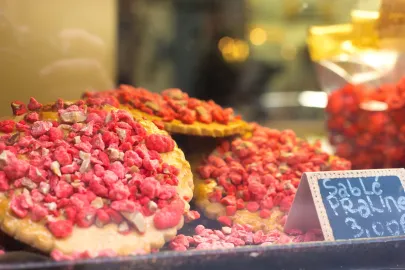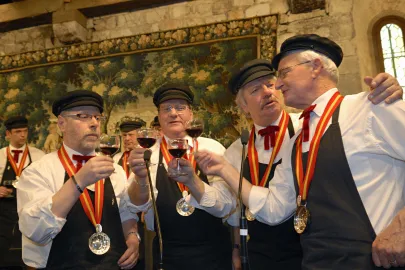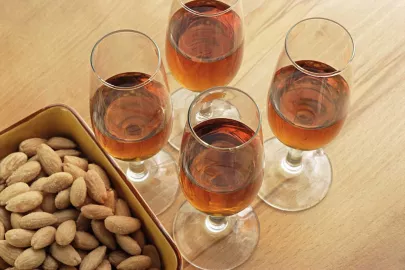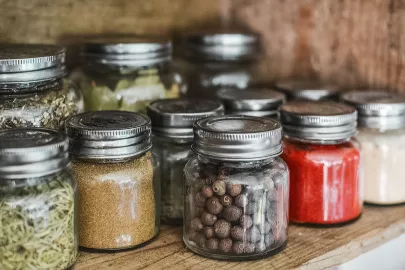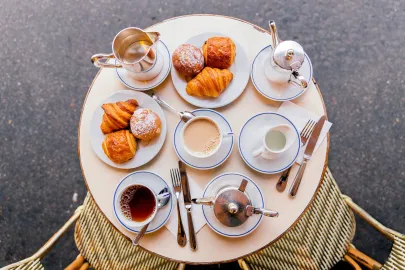Kei Kobayashi's love for regional French cuisine began back in Japan, where he started his culinary career. Now, as the chef and owner of the three-Michelin-starred Restaurant Kei in Paris, he brings ingredients from all over France to life in his dishes. Here's a look at his journey from Japan to France and how he’s made a name for himself in the culinary world.
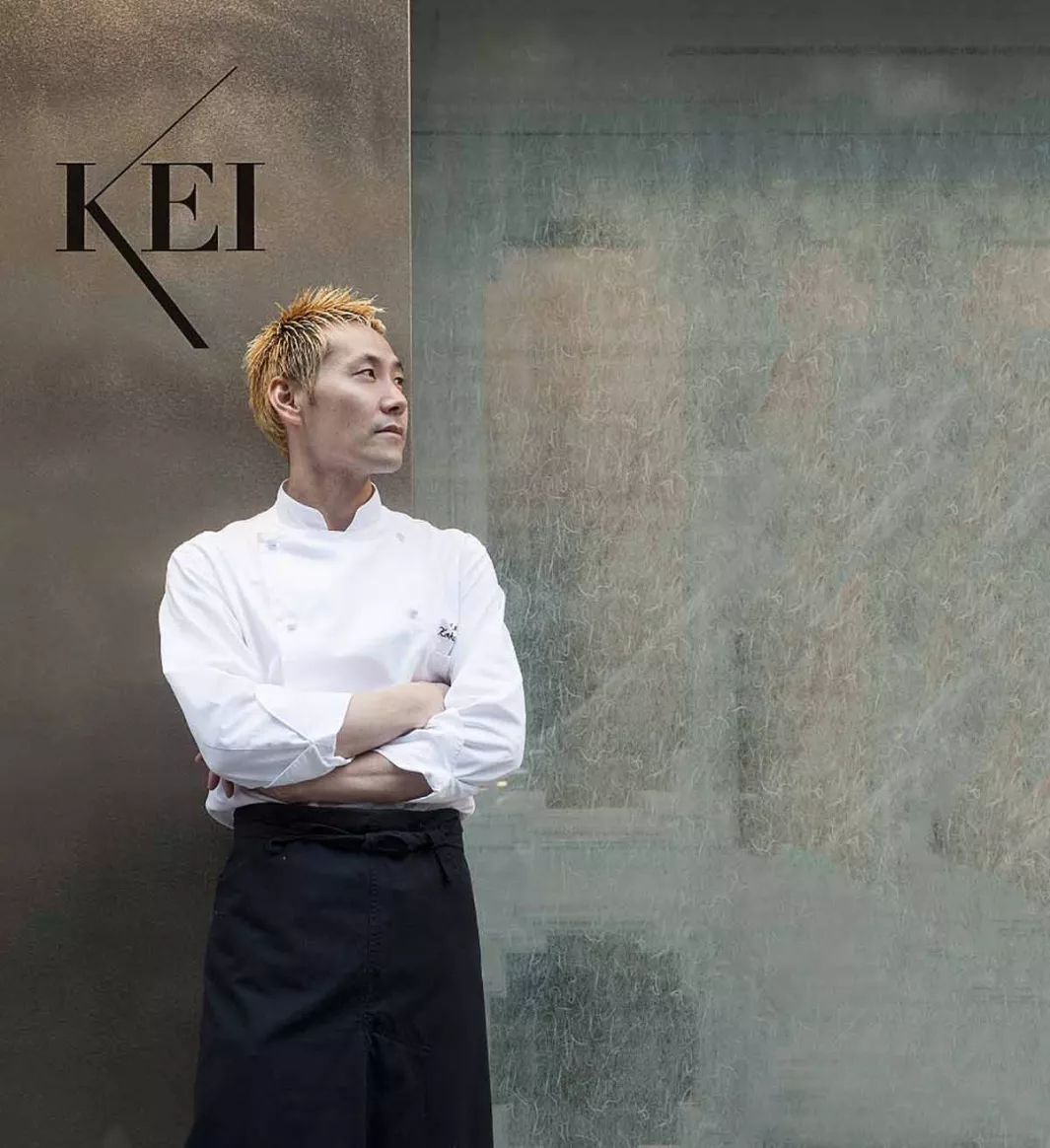
These days, Kei Kobayashi is a household name in the world of fine dining. In January 2020, he made history as the first Japanese chef to earn three Michelin stars, a remarkable achievement that began years earlier in French restaurants in Japan. It was during this time that young Kobayashi learned a crucial lesson: the true magic of French cuisine lies in its rich regional diversity. When he eventually moved to France, he made it a point to visit specific regions like Occitania, Pays de la Loire, and Alsace to deepen his understanding and skills.
The Fish of Occitania and Pays de la Loire
When Kei first arrived in the Languedoc region of Occitania, he learned the art of preparing anchovies—a staple that’s often preserved in jars. The fermentation method, salt content, and even the type of salt used were different from what he was used to in Japan, sparking his creativity. "The mix of fermented and fresh, slightly salty flavors is fascinating," says Kobayashi. "It's similar to stir-fried beansprouts with miso, a classic dish in Japan."
In Noirmoutier, located in the Vendée region, Kobayashi found the perfect fish suppliers. The choppy waves of the area produce strong fish with firm flesh—ideal for one of his signature dishes: Line-caught sea bass roasted on its scales. "We don’t typically roast fish this way in Japan, but eating the skin and enjoying the sea aroma is a big part of our culture. Roasting it like this enhances the flavors and brings out a smoky, slightly bitter spice-like aroma," he explains.
Alsace, Paris, and the Art of Game
In Alsace, Kei refined his techniques for cooking game, particularly mastering the art of making sauces by infusing the bones to intensify the flavor. His passion for game meat only grew after opening Restaurant Kei, which was formerly owned by Gérard Besson, a renowned expert in game dishes in Paris. It was here that Kobayashi first encountered Besson’s famous game pie, L'Oreiller de la Belle Aurore. "This hot pie, with its balance of thirteen different meats including game, was a revelation," he recalls. Inspired, he set out to create his own version after mastering the basics under Besson's guidance.
Kobayashi started by reworking the pastry, sourcing the best goose fat from the Landes region. "The ability of the pastry to seal in the meat is one of the keys to this dish’s success," he says. He opted for a gratin forcemeat instead of caul and expanded the variety of meats to 16, adding even more depth and intensity. He also introduced marinated shallots, mushrooms, and aromatic herbs to elevate the dish further.
Fruits and vegetables from all over France
Another of Kobayashi's standout dishes is his Jardin des Légumes Croquants, served with smoked salmon, rocket mousse, and lemon emulsion. For this dish, he doesn’t limit himself to any specific region. Some of the vegetables come from Didier Pil’s Potager du Petit Moulin in Pays de la Loire, while others are sourced from Joël Thiebault’s farms in Yvelines, Île-de-France. Both suppliers grow bold-flavored vegetables that meet Kobayashi’s high standards.
For citrus fruits, he turns to Pépinière Bachès near Perpignan, where 800 varieties are organically grown, including yuzu, kabosu, and sudachi—fruits he’s fond of from Japan. "They’re just a bit more tangy than those from my home country," he notes.
This year marks the tenth anniversary of Kei's restaurant, and to celebrate, the restaurant is undergoing renovations. It’s the perfect time to experience the culinary talents of this Japanese chef who has embraced French cuisine with passion and precision.
From Nagano to Paris: Kei Kobayashi’s Journey
Kei Kobayashi’s path to being a Michelin star chef in Paris is a story of passion, hard work and love for French food. Born in Nagano, Japan Kobayashi was inspired by his father a chef to follow a career in the culinary world. But it was French food that stole his heart, so he studied and trained in French restaurants in Japan.
To fully immerse himself in the world of French gastronomy Kobayashi moved to France and worked in some of the country’s top restaurants. It wasn’t easy, learning the language, mastering the techniques and understanding the regional French cuisine was a big challenge. But these experiences only made him more determined.
In Paris Kobayashi refined his skills and created his own style, a fusion of French cuisine and Japanese heritage. Opening Restaurant Kei in the heart of Paris was a dream come true and it quickly became a destination for innovative and beautifully presented food. His attention to detail, respect for ingredients and ability to surprise and delight has earned him international recognition.
From Nagano to being one of the top chefs in Paris Kei Kobayashi’s journey is a proof that following your passion and never giving up pays off.
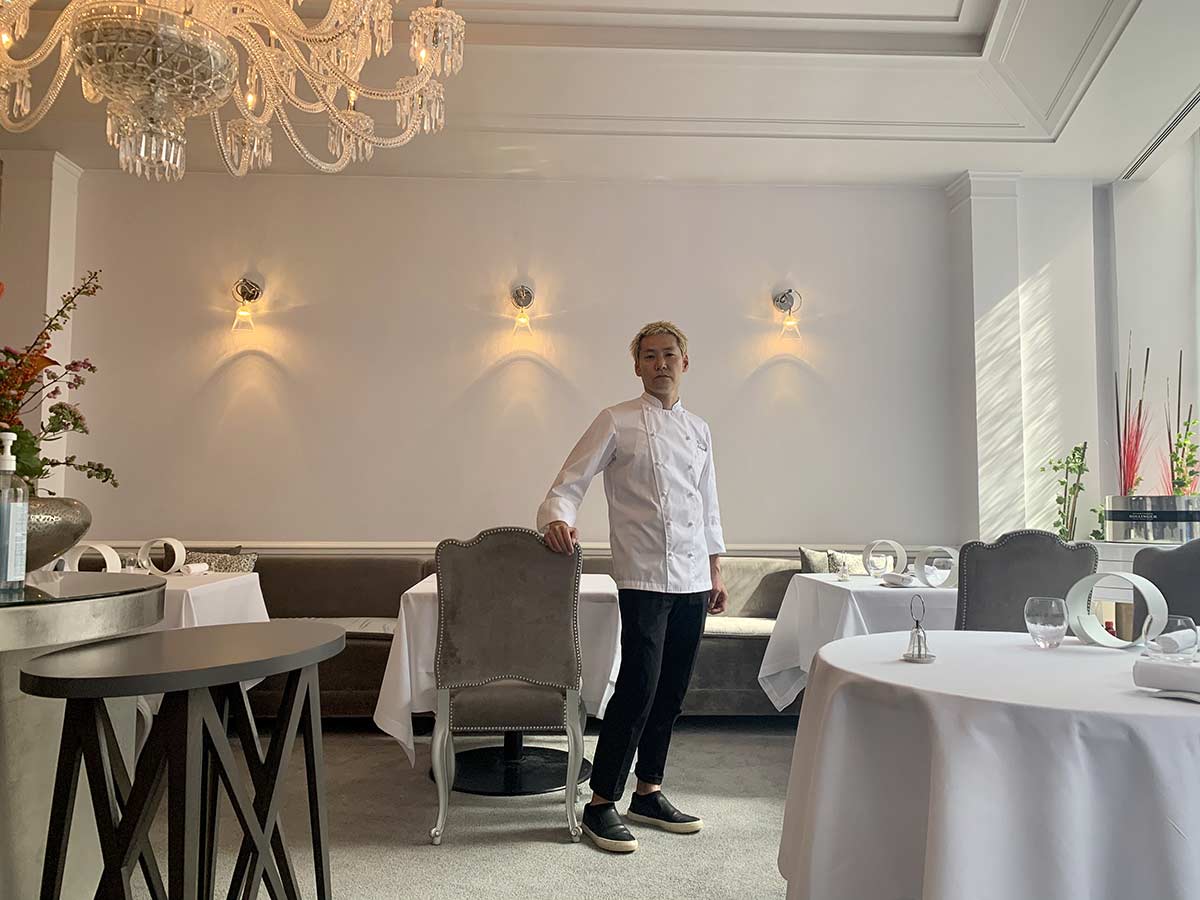
© ©Minako Norimatsu
Contributor
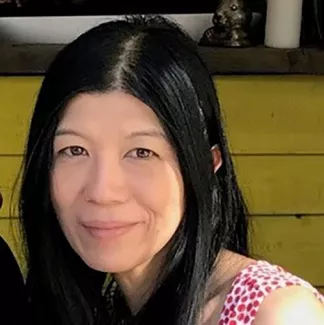
author

